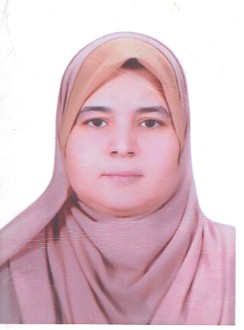In many developing countries, it was observed that rural citizens were
accustomed to ablution involving sniffing water up their nose using the irrigation
polluted water, it was also observed that swimming in the water canals and
drains and playing with mud were the most recreations practiced by children
especially in rural and slum areas.
Many cases were hospitalized with a picture of meningio-encephalitis and
died undiagnosed. In addition, summer eye infections ware widely prevalent
especially among children. This led to a hypothesis that pathogenic free-living
amoebae could be one of the accused causes.
Design: A community-based study where 66 different water & soil
samples were collected, subjected to cultivation, light microscopic examination,
and the positive Naegleria cases were subjected to flagellation test.
Free living amoebae were detected in 22.7% of the samples. AH were
positive for Naegleria, (100%) and were positive for Acanthamoeba in only 6.67%
of the positive cases. Naegleria isolates showed positive flagellation in 20% of the
cases indicating pathogenicity. The rural residence in Sohag was risky for the
detection of FLA (RR>1).
Both polluted and muddy sample had a significant statistical difference
than the non-poluted and aquatic samples (P=00136 & 0.0000223 respectively),
although neither was more risky than the others (RR<1 for both).
The free-living amoebae inhabit most of the mud and irrigation water
channels. 20% of the collected samples are possibly pathogenic to man.

